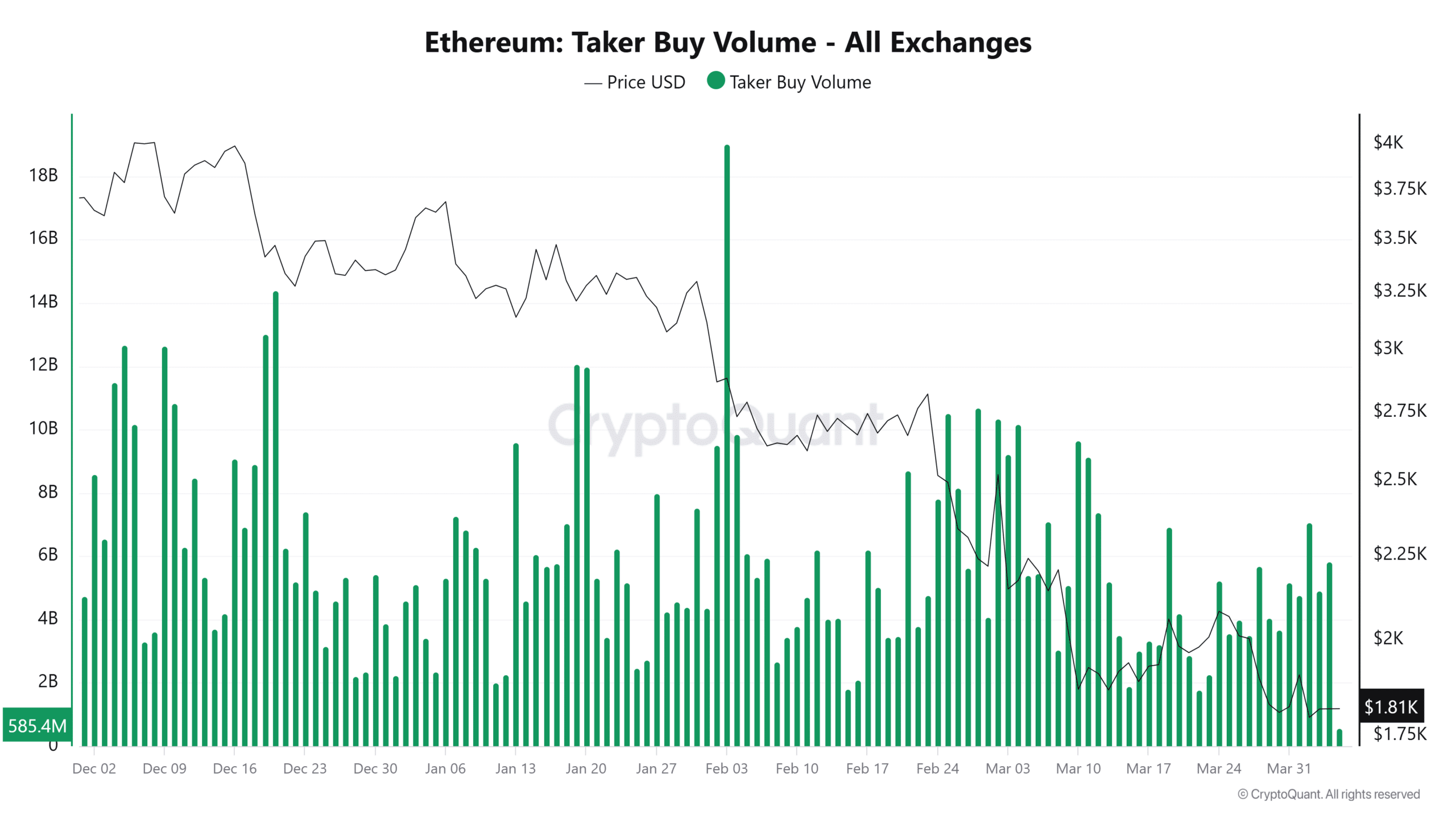Steel and Aluminum Tariffs: A Global Economic Shockwave
In a move that sent ripples through global markets, US President Donald Trump signed an executive order on March 4th, 2018, imposing a 25% tariff on steel and aluminum imports from all countries. this decision, a significant escalation in trade tensions, impacts key trading partners like Mexico and canada, as well as major suppliers like China and the United Arab Emirates.
“Essentially,we’re putting on a 25% tariff,without exception,” President Trump stated,highlighting the sweeping nature of the order.
Market Reaction and Global Concerns
the announcement triggered immediate market volatility, with investors expressing concerns about potential trade wars and economic fallout. Stock markets globally experienced dips, reflecting uncertainty surrounding the implications of these tariffs.
Economists worldwide voiced concerns about the potential consequences, emphasizing the interconnected nature of global trade. Increased costs for steel and aluminum, essential components in various industries, could trigger price hikes across numerous sectors, impacting consumers and businesses alike.
The EU Threatens Retaliation
The European Union, a major exporter of steel and aluminum, swiftly condemned the tariffs, calling them protectionist and threatening retaliatory measures. EU officials stated their commitment to defending European industry interests and exploring options to counter the impact on European businesses.
Canada, a longstanding ally and significant steel supplier, also expressed strong disapproval, highlighting the potential damage to bilateral relations and economic cooperation. Canadian officials emphasized the importance of finding mutually beneficial solutions to address trade concerns.
Looking Ahead: Navigating Uncertain Waters
The long-term impact of these tariffs remains uncertain. While proponents argue that they will protect domestic industries and jobs, critics contend they will ultimately harm consumers, stifle economic growth, and escalate global trade tensions.
Businesses across various sectors are grappling with the implications, navigating supply chain disruptions, rising input costs, and potential market shifts. Strategic planning, risk assessment, and diversification strategies are crucial for navigating this volatile habitat.
The global economic landscape faces heightened uncertainty as these trade tensions unfold. International cooperation and dialog are essential to mitigate risks, promote stability, and ensure sustainable economic growth.
In an interview, Dr. Eleanor Vance, Chief Economist at the Global Trade Alliance, shed light on the complexities of the situation:
Dr.Vance, the news of these tariffs came as a shock to many.What are your initial thoughts on this decision?
“While the intention to protect domestic industries is understandable, these tariffs raise significant concerns. Imposing broad-based tariffs risks triggering a trade war, harming consumers through higher prices, and disrupting global supply chains. It’s crucial to explore alternative solutions that promote fair competition while fostering economic cooperation.”
President trump has argued that these tariffs will ultimately benefit the US economy. How do you assess this claim?
“The impact on the US economy is highly uncertain. While tariffs might temporarily benefit certain domestic industries, the overall effect could be negative. Increased costs for businesses, retaliatory measures from trading partners, and reduced consumer spending could outweigh any perceived gains. A complete assessment considering both short-term and long-term consequences is essential.”
What are your biggest concerns regarding the potential consequences of these tariffs?
“Escalating trade tensions, disruption to global supply chains, and the potential for economic slowdown are major concerns.protectionist measures rarely achieve their intended goals and frequently enough harm the economies of all involved parties.
I urge policymakers to prioritize dialogue, collaboration, and multilateral solutions that promote free and fair trade.
Finding a balance between protecting domestic interests and fostering a stable global economy is crucial. “
These tariffs serve as a stark reminder of the interconnectedness of the global economy. Navigating this uncertain landscape requires careful planning, adaptability, and a commitment to finding mutually beneficial solutions. Businesses, policymakers, and individuals alike must actively engage in constructive dialogue and work collaboratively to mitigate risks and ensure sustainable economic growth.
Steel and Aluminum Tariffs: An Impactful Decision
Donald Trump’s Tariff Decision Sparks Global Concern
U.S.President Donald Trump’s decision to impose a 25% tariff on steel and aluminum imports from all countries has sent shockwaves through global financial markets. The move, announced on March 1, 2018, aims to protect domestic industries but has raised concerns about potential retaliatory measures and a broader trade war.
“On all aluminium and all steel, and it’s going to mean a lot of businesses are going to be opening in the United States,” said President Trump.
While a possible exemption for Australia, due to their substantial investment in U.S.-made aircraft,suggests a nuanced approach,the broad scope of the tariffs is a clear signal of a push to safeguard domestic industries. economists warn that this move is likely to fuel inflation, affecting consumer prices as the levy will encompass both raw materials and finished products.
Market Reaction and Global Concerns
The announcement was swiftly followed by market turmoil. Asian stock markets plummeted, and European and U.S. equity futures also declined. Gold prices soared, exceeding $2,940 per ounce, as investors sought safe haven assets. The Canadian and Mexican pesos weakened against the U.S. dollar, while the euro fell to a one-week low.
However, current market volatility is less pronounced than during Trump’s initial announcement of blanket tariffs on Canada, Mexico, and China last month. This suggests investors are more concerned about the potential for retaliatory measures from othre nations, escalating into a full-blown trade war with devastating economic consequences.
“I do think there is a slightly greater risk aversion today, not necessarily from the steel and aluminum tariffs per se, but that talk of further, some retaliatory tariffs by Trump,” explained Kyle Rodd, a senior market analyst at Capital.com Australia. “The fear simmering in the markets is of a much wider, global trade war, that would have far more significant economic impacts. It’s keeping market participants on edge,” he added.
The EU Threatens Retaliation
The European Union (EU) has already voiced its displeasure, stating that it would not hesitate to retaliate if the U.S. imposed these new tariffs. Germany, a major steel exporter to the U.S., is particularly vulnerable. During Trump’s first term, the EU retaliated against U.S. tariffs with €2.8 billion in duties on U.S. goods. Given the current global economic climate, any further trade wars could severely impact businesses and consumers on both sides of the Atlantic.
Looking ahead: Navigating Uncertain Waters
The path forward remains unclear. While President Trump maintains that these tariffs will ultimately benefit the U.S. economy, the global ramifications are undeniable. Businesses need to closely monitor the situation, adapt their strategies, and prepare for potential supply chain disruptions and price fluctuations. Consumers may face rising costs for goods made with steel and aluminum.
The coming months will be crucial in determining the long-term impact of this trade war and its potential to reshape the global economic landscape.
How do you see these tariffs impacting the broader global economic outlook?
An Interview with Dr. Eleanor Vance, Chief Economist at the Global Trade Alliance
Dr.Eleanor Vance, the esteemed Chief Economist at the Global Trade Alliance, recently sat down with us to discuss the implications of President Trump’s steel and aluminum tariffs on the global economic outlook. known for her incisive analysis and deep understanding of international trade, Dr. Vance provides valuable insights into the potential consequences of this protectionist measure.
Q: Dr. Vance, what are your initial thoughts on President Trump’s decision to impose tariffs on steel and aluminum imports?
Global Trade Under Fire: Tariffs Spark Economic Uncertainty
Recent tariffs on steel and aluminum imports have sent shockwaves through the global economy, raising concerns about potential trade wars and disruptions to supply chains.
Eleanor Vance, Chief Economist at the Global Trade Alliance, sheds light on the potential ramifications of this significant move and its impact on the global landscape.
A Surprising Shift
The news of these sweeping tariffs came as a surprise to many. dr. Vance states, “It’s undoubtedly a meaningful advancement with far-reaching implications.” While the stated goal is to protect domestic industries,the broad scope of these tariffs,impacting all countries including allies like Canada and Mexico,has fueled worries about potential escalation and global trade disruptions.
Examining the Economic Impact
President Trump has argued that these tariffs will ultimately benefit the US economy. however, dr. Vance offers a more nuanced outlook, stating, “The economic impact is complex and multifaceted. While protecting certain domestic industries might offer some short-term gains, the overall effect on the US economy is likely to be mixed.”
She highlights the potential downsides, including increased prices for consumers on goods made with steel and aluminum, which could dampen consumer spending. Furthermore, retaliatory tariffs from other nations could harm US exports and overall economic growth.
Escalating Tensions
Dr. Vance’s primary concern is the escalation of trade tensions.”My primary concern is the escalation of trade tensions. If other countries respond with their own retaliatory tariffs, it could quickly spiral into a full-blown trade war, with devastating consequences for global economic stability. This could lead to reduced investment, job losses, and ultimately harm consumers and businesses worldwide.”
The EU has already threatened to retaliate against these tariffs, signaling a potential for a protracted period of uncertainty. Dr. Vance emphasizes the need for “constructive dialogue” to find solutions that promote fair trade without resorting to protectionist measures that ultimately damage global prosperity.
Navigating the Uncertain Future
For businesses grappling with the potential impact of these tariffs, Dr. Vance offers practical advice. “Businesses need to closely monitor the situation, analyze their supply chains, and explore alternative sourcing options.Diversifying supply chains can mitigate risks associated with trade disruptions. they should also engage with policymakers and industry associations to advocate for policies that promote a stable and predictable trading environment.”
The global trading landscape is facing unprecedented challenges. As tariffs spark economic uncertainty, businesses and policymakers must navigate these turbulent waters carefully to mitigate risks and safeguard economic stability.
Global Trade Tensions Fuel Economic Uncertainty
Recent tariff implementations have injected fresh uncertainty into an already fragile global economic environment. Experts warn that these measures could exacerbate existing challenges, perhaps leading to decreased investment, reduced global trade, and ultimately hindering overall economic growth.
A Complex Economic Landscape
The global economy is currently grappling with a multitude of interconnected issues, including rising inflation, supply chain disruptions, and geopolitical instability. The imposition of new tariffs adds another layer of complexity to this already intricate web, potentially triggering a cascade of negative consequences.
The Urgency of Dialogue and Cooperation
“These tariffs add another layer of complexity to an already challenging global economic landscape. The increased trade tensions and potential for wider economic conflict could stifle investment, decrease global trade, and ultimately hamper economic growth,”
stated a leading economist.
The coming months will be crucial in determining the full extent of these tariffs’ impact. The international community is urged to prioritize diplomacy, collaboration, and a steadfast commitment to free and fair trade practices to mitigate the risk of a damaging global trade war.
Navigating Uncertainty: Practical Steps
Businesses and individuals alike face the challenge of navigating this uncertain economic climate. Here are some practical strategies to consider:
- Diversify Supply Chains: Reducing dependence on single suppliers or regions can help mitigate risks associated with trade disruptions.
- Explore New Markets: Identifying and expanding into new markets can provide alternative avenues for growth and mitigate the impact of trade barriers.
- Stay Informed: Continuously monitoring economic developments and policy changes is crucial for informed decision-making.
While the current global economic outlook presents significant challenges, proactive measures and a spirit of international cooperation can definitely help pave the way towards a more stable and prosperous future.
What are the potential downsides of President Trump’s steel and aluminum tariffs, according to Dr. Vance?
Dr.eleanor Vance, the esteemed Chief Economist at the global Trade Alliance, recently sat down with us to discuss the implications of President Trump’s steel and aluminum tariffs on the global economic outlook. known for her incisive analysis and deep understanding of international trade, Dr. Vance provides valuable insights into the potential consequences of this protectionist measure.
Q: Dr.Vance, what are your initial thoughts on President Trump’s decision to impose tariffs on steel and aluminum imports?
A Surprising Shift
The news of these sweeping tariffs came as a surprise to manny. dr. Vance states,”It’s undoubtedly a meaningful advancement with far-reaching implications.” While the stated goal is to protect domestic industries,the broad scope of these tariffs,impacting all countries including allies like Canada and Mexico,has fueled worries about potential escalation and global trade disruptions.
examining the Economic Impact
President Trump has argued that these tariffs will ultimately benefit the US economy. however, dr. Vance offers a more nuanced outlook, stating, “The economic impact is complex and multifaceted. While protecting certain domestic industries might offer some short-term gains, the overall effect on the US economy is highly likely to be mixed.”
she highlights the potential downsides, including increased prices for consumers on goods made with steel and aluminum, which could dampen consumer spending. Furthermore, retaliatory tariffs from other nations could harm US exports and overall economic growth.
escalating Tensions
Dr. Vance’s primary concern is the escalation of trade tensions.”My primary concern is the escalation of trade tensions. If other countries respond with their own retaliatory tariffs, it could quickly spiral into a full-blown trade war, with devastating consequences for global economic stability. this could led to reduced investment, job losses, and ultimately harm consumers and businesses worldwide.”
The EU has already threatened to retaliate against these tariffs, signaling a potential for a protracted period of uncertainty. Dr. Vance emphasizes the need for “constructive dialog” to find solutions that promote fair trade without resorting to protectionist measures that ultimately damage global prosperity.
Navigating the Uncertain Future
For businesses grappling with the potential impact of these tariffs, Dr. Vance offers practical advice. “Businesses need to closely monitor the situation, analyze their supply chains, and explore alternative sourcing options.Diversifying supply chains can mitigate risks associated with trade disruptions. they shoudl also engage with policymakers and industry associations to advocate for policies that promote a stable and predictable trading habitat.”







